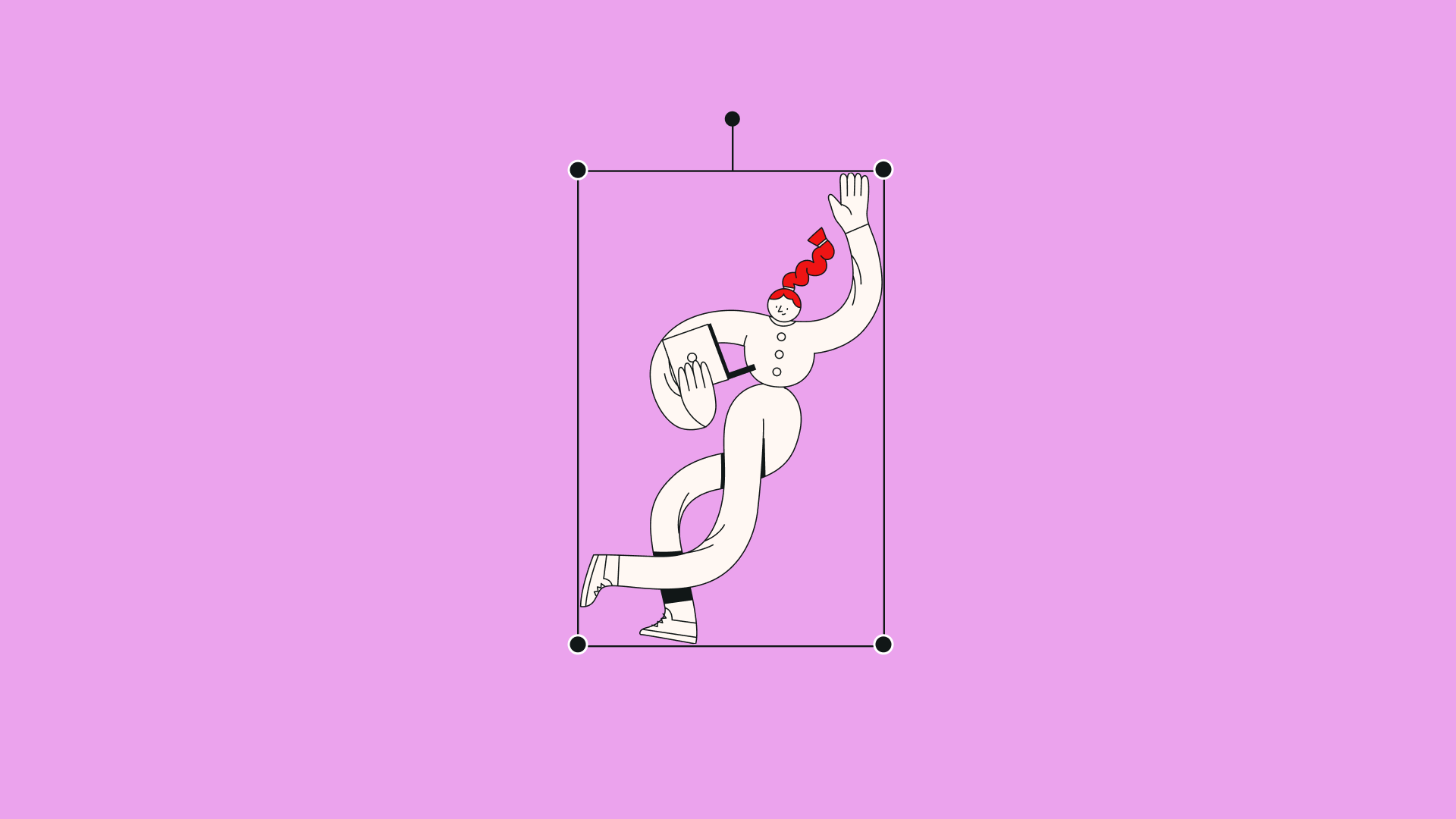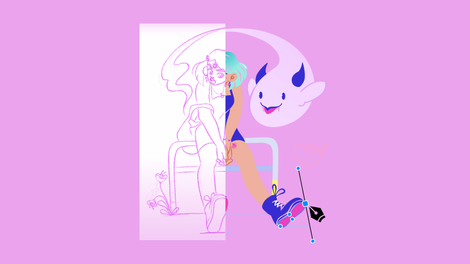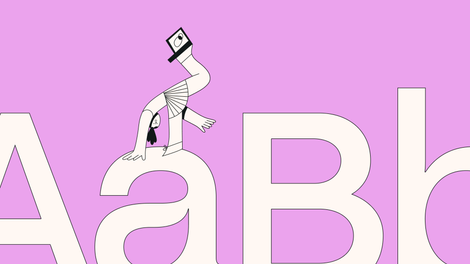Give your digital artist career a head start by simply not doing these things
Whether you’re just finishing up an illustration degree and are ready to jump into the world of work, or you’re a self-taught digital artist who wants to join the ranks of freelance illustrators out there, there are some factors that will be key to your success.
In a more formal education setting, you will most often learn the technical aspects of your craft, but you may not be taught how to engage with clients, or how to best present your work. If you’re taking the autodidactic approach and teaching yourself, then you’ll often have to figure things out through trial and error, which often means making mistakes and learning tough lessons in the process.
Jumpstart your ideas with Linearity Curve
Take your designs to the next level.
A cunning way to get ahead in a career in illustration is to learn from the ones that have blazed a trail before you. Following the sage advice of other graphic designers and professional artists can really help you out because by learning from the mistakes of others you can avoid making the same ones yourself.
To give you a push in the right direction, we’ve created a list of the most common mistakes that beginner artists make. Simply do not do these things and you will find yourself a step ahead of the competition.
1. Not sending a sketch before you start your illustration
Picture the scene: you’ve got your first client, you’re swept up in the excitement and your imagination is running wild.
You’re coming up with loads of ideas about what your illustration could look like and what a masterpiece it is going to be. You settle on an idea and go for it, working hard to get it just right.
You send in your finished piece, expecting high praise, but instead the client tells you it wasn’t what they had in mind and they’d like you to try a very different direction. It means going back and starting all over again. Ouch.
This is a very common scenario for illustrators who are new to digital drawing, and it’s thankfully one that can be very easily avoided by following this very simple tip—first, send your client a sketch of your idea to make sure that you are on the same page. It’s much easier to adjust a sketch than it is to redo a finished illustration. Save both time and pain by sending a sketch!
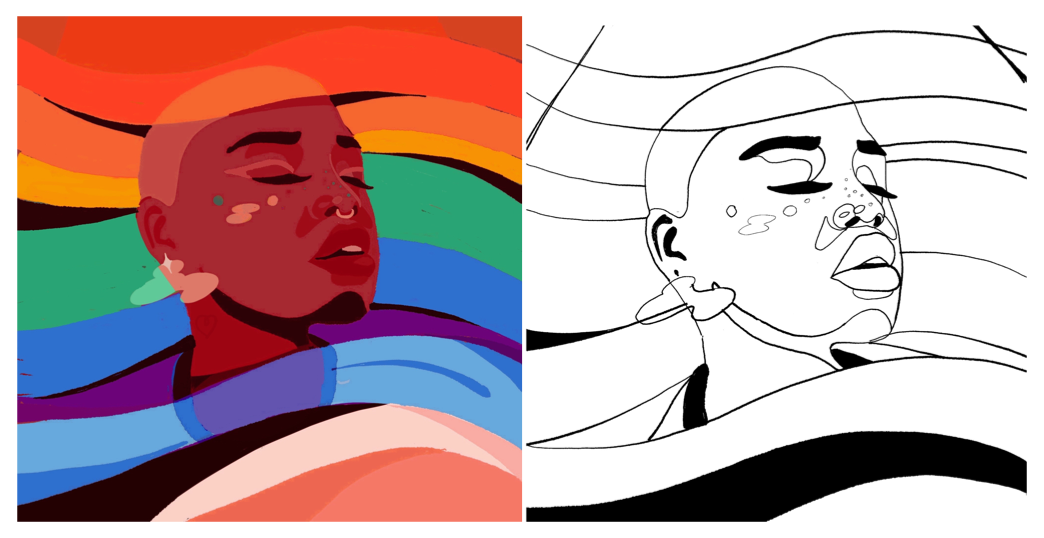
2. Sending too many sketches in advance
This is the opposite mistake from the previous one, and can be just as problematic. Maybe your creative juices are really flowing and you’re just coming up with amazing ideas left, right and center.
You’ve learned that sending a sketch in advance is a good idea, so you sketch out all of your amazing ideas and send them over to the client. You don’t hear back from the client in a while, and the job stalls. If this happens to you, there is a good chance you have inadvertently created a paradox of choice.
You might think that having lots of options is a good thing, but it has been shown that being presented with too many options is actually stressful and can make decision-making harder. Instead of accidentally giving your client a headache, just give them your three best sketches and ideas to choose from. This way you’ll move in the right direction much faster.
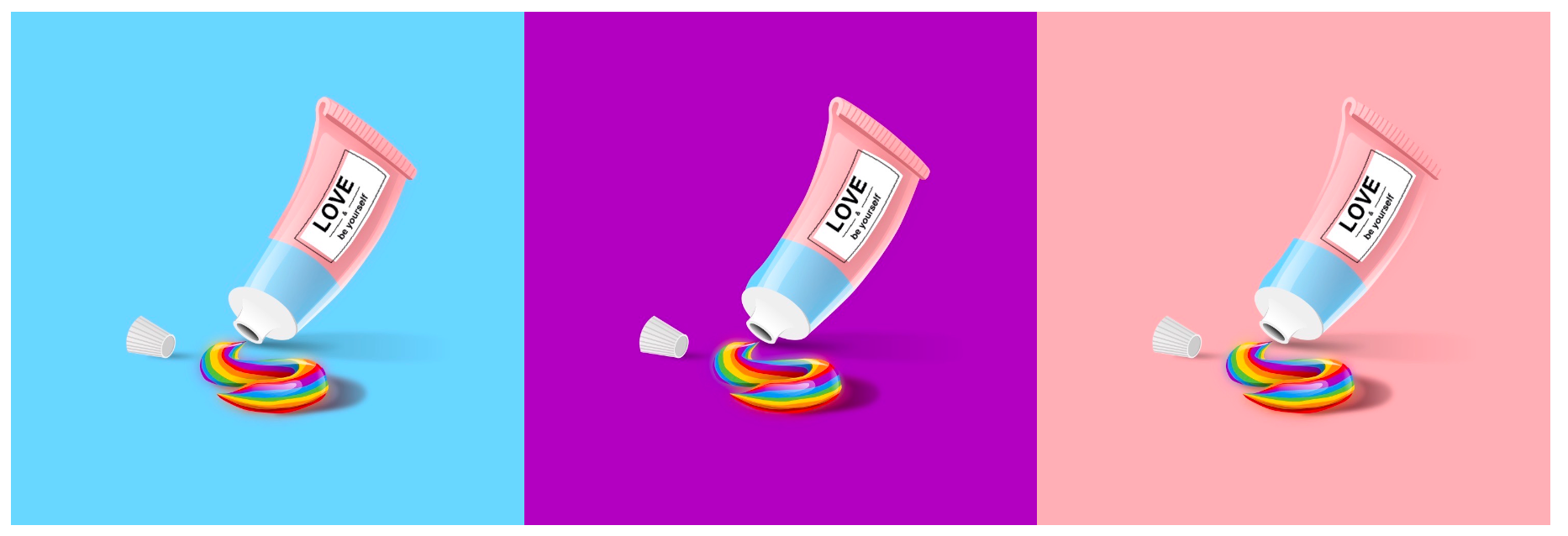
3. Copying other artist’s styles instead of developing your own
Every illustrator has to start somewhere, and almost everyone starts by imitating and copying the style of other successful artists.
It’s easier to learn techniques and the fundamentals of art by using the work of others as a guide, and it’s a good idea to try to emulate other artists as a way to develop your drawing skills. The problem arises when you don’t move on from this stage and begin to develop your own style.
At some point, you need to figure out what your personal style is and then work on establishing this. Clients will want to book you because of your illustration style, and if it looks too much like that of other artists then it will be harder to stand out. Try your best to craft your own style as soon as possible and it will lead to a successful career in illustration much more quickly.
In next example you can see a very beautiful but familiar use of the corporate illustration style:
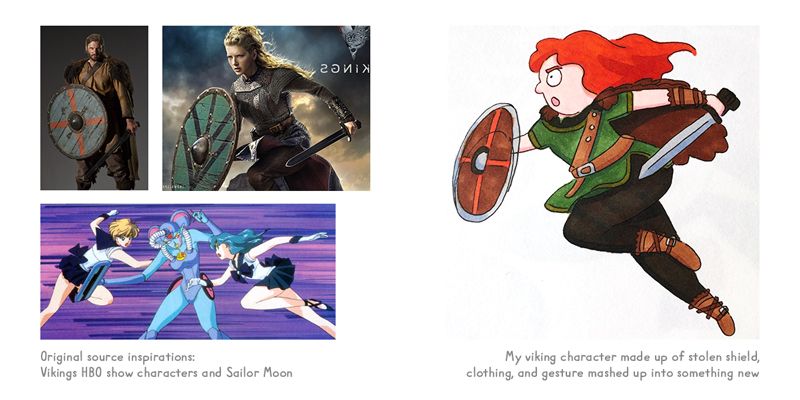
4. Doing many different kinds of work instead of finding your niche
There are plenty of different illustration careers that you could choose to pursue—you could work in medical illustration, or as a fashion illustrator.
Editorial illustrators are always in demand from newspapers and magazines, and there is always a market for book illustrators and similarly for scientific illustrators. And we haven’t even mentioned all of the work you could be doing as a comic artist. As you can see, there are a lot of different directions you can go in, and this can be both a blessing and a curse.
When you’re finding your feet as an illustrator, it makes sense to try a few different avenues to see what you prefer. As you progress, it is smart to specialize in one king of illustration and to mine your own niche. Medical illustrators often focus on this one area, and the same goes if you are illustrating for the fashion industry. There are plenty of different careers in illustration, so aim to specialize instead of spreading yourself too thin.
5. Undercharging for your work
Working out what to charge clients is the bane of almost all freelance illustrators. At the beginning, it can be hard to ask for money for your services and you might not be sure what the going rate for certain jobs is.
Avoid These Beginner Mistakes in Illustrator
Step up your Illustrator game. Learn about the top 10 beginner mistakes and how to avoid them, setting you on a path to more professional and polished designs.
Most frequently, this leads new illustrators to undercharge for their work. Do not be afraid to place value on your time and expertise—you’ve put in a lot of time to develop your skills and talents and you should be rewarded for this, so don’t lowball yourself.
An exception to this is in the really early days in your career in illustration. You might find yourself doing jobs for very little or even for free as a way to expand your portfolio and develop a body of work. This is fine as long as you are mindful of it and know that in the future you should be placing a premium on your work.
6. Not taking criticism or feedback well
When you’re working as a professional illustrator, you’ll find yourself working in close collaboration with clients, as well as people like creative directors and art directors.
During the working process, you are going to be subject to feedback and criticism. At times it might sting a little, but what you need to remember is that it’s very rarely personal. Everyone just wants to achieve the best results possible and to make the job as good as it can be.
Try not to react too much to feedback that you receive—just keep a level head, stay focused on doing the best work you can, and take all of the criticism on board. If you show yourself as being open and willing to incorporate feedback into your work and working process, then this is a trait that will lead to more bookings for work and potential jobs.
7. Getting the specs wrong
Using the wrong specifications for a job is a rookie mistake that is all too easy to make, and one that can lead to devastating consequences.
Say you create a beautiful portrait format illustration, only to find out that the client needs it as a landscape format. Now you’re either going to need to severely crop your work, or start over and do it again. It sounds obvious, but double checking and clarifying the dimensions of the brief is something you should really be in the habit of.
Luckily it's always easier to rescale and edit a vector illustration, but still make sure you are also export the correct file type and resolution for the job. If your illustration is going to be in print, make sure it’s print resolution. If your work is going to be used on the web, it might be best supplied as a .png file. Getting all of the relevant information in advance is going to save you a lot of time and embarrassment down the line.
8. Having a haphazard portfolio
Your illustration portfolio is the key that will open up all of the doors to future jobs. As a result, it’s of paramount importance to get it right. If you want to work in a specific field of illustration, such as fashion illustration or medical illustration, then you should tailor your portfolio to this type of work.
If you want to start out pitching for different kinds of illustration work, there is nothing wrong with having a broad portfolio. However, you should try as much as possible to ensure that the style is consistent throughout and that it’s an accurate representation of your skills.
The presentation of your portfolio is also important, so make sure it is well put together—we recommend keeping it very clean and simple and to let your illustration do the talking as much as possible.
9. Not setting boundaries with clients
In the early days of your illustration career you will almost certainly be very, very keen to please your client to make them happy.
If they keep asking for tweaks and changes, you are likely to keep making them in an effort to satisfy them. Now, a certain amount of feedback and some rounds of changes are always to be expected, but these can quickly spiral out of control if you are not careful, and the amount of time you spend on any job can balloon out of proportion.
Rather than waiting until you feel like the client is making too many changes and asking for too much, you should make your boundaries and expectations clear at the outset. If you are happy to go through two rounds of feedback and changes, you can tell your client that this is what will be included in the initial price, and anything beyond that will be charged extra.
10. Stop learning and progressing
If you’ve recently completed an illustration degree, or if you’re a self-taught freelance illustrator who is bagging their first jobs, then it can be tempting to think you’re all set and you’ve nothing left to learn.
Thinking like this is a big mistake. You should always be trying to improve your skills and techniques and to learn new things.
Trends in graphic design and illustration are constantly changing, and you should do your best to stay on top of them and keep up to date. Software and hardware are also always developing, and this is something that you should be keeping an eye on too. Being a professional illustrator is a journey and not a destination—there is always more that you can learn and things you can improve.
Wrapping up
A career as an illustrator is incredibly rewarding and exciting, and if you’re at the start of your path, we hope these tips will help you to succeed and become the best artist you can be.
To really take your skills to the next level, check out the Linearity Academy. And make sure to update to the latest version of Linearity Curve (formerly Vectornator) to get the most out of our tools.
Jumpstart your ideas with Linearity Curve
Take your designs to the next level.
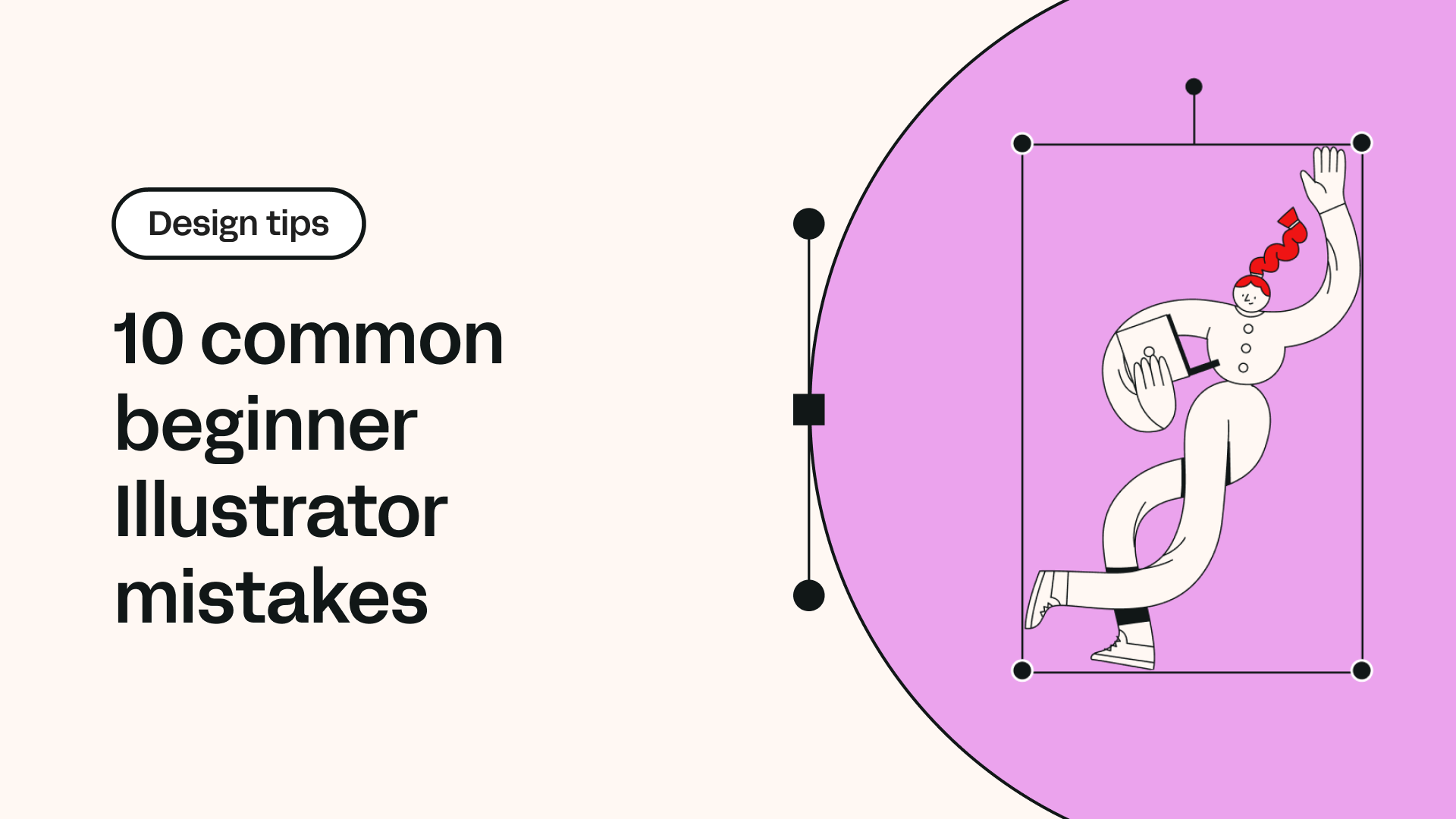
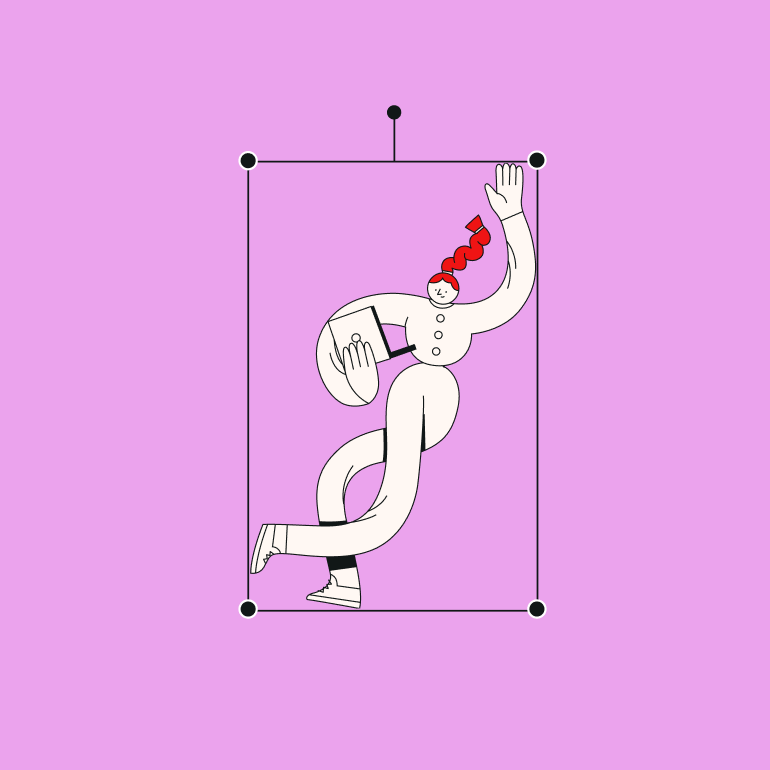
Share this!
Jonny Tiernan
Jonny is a contributing writer to the Linearity Blog.


:quality(75))
:quality(75))



:quality(75))
